The field of robotics has witnessed remarkable advancements in recent years, particularly in the development of humanoid robots. These robots, designed to resemble and mimic human actions and behaviors, hold immense potential for various applications, from healthcare and education to manufacturing and entertainment.

- Precision Motion Control:
One of the primary functions of gear reduction in humanoid robots is precision motion control. Humanoid robots are required to perform various complex movements and tasks with accuracy and stability, such as walking, grasping objects, and interacting with the environment. Gear reduction systems help regulate the speed and torque of the robot's joints and actuators, ensuring precise and coordinated motion control. This precision is essential for achieving natural and fluid movements that resemble human motion patterns.
- Torque Amplification:
Humanoid robots often require significant torque to perform tasks that involve lifting, carrying, or manipulating objects. Gear reduction systems enable torque amplification by reducing the rotational speed of the motor while increasing the output torque. This torque amplification capability allows humanoid robots to exert sufficient force to handle tasks that require strength and dexterity, such as lifting heavy objects or performing delicate assembly operations.
- Space Optimization:
In the design of humanoid robots, space optimization is crucial to achieve a compact and efficient form factor. Gear reduction systems, particularly compact and lightweight models, help optimize the space utilization within the robot's body by reducing the size and weight of the motors and actuators required for motion control. This space optimization allows for the integration of additional components, sensors, and functionalities while maintaining the overall agility and maneuverability of the robot.
- Energy Efficiency:
Efficient energy utilization is another critical aspect of humanoid robot design, especially for applications requiring prolonged operation or mobility. Gear reduction systems help improve energy efficiency by minimizing power losses during motion transmission. By reducing the motor's speed and operating within its optimal torque range, gear reduction systems enable humanoid robots to conserve energy and extend battery life, enhancing their autonomy and operational endurance.
- Noise Reduction:
In addition to precision motion control and torque amplification, gear reduction systems contribute to noise reduction in humanoid robots. By damping vibrations and minimizing mechanical resonance, gear reduction systems help reduce the noise generated by the robot's moving parts, such as joints and actuators. This noise reduction is essential for improving the robot's interaction with humans in social or collaborative environments, where noise pollution may be undesirable or disruptive.
In conclusion, gear reduction technology plays a vital role in the development of humanoid robots, enabling precision motion control, torque amplification, space optimization, energy efficiency, and noise reduction. As the field of robotics continues to evolve, gear reduction systems will remain essential components in enhancing the performance, versatility, and user experience of humanoid robots across various applications and industries. By harnessing the capabilities of gear reduction technology, researchers and engineers can unlock new possibilities for the advancement of robotics and the realization of intelligent and adaptive robotic systems.
 English
English Deutsch
Deutsch Русский
Русский Español
Español
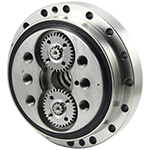
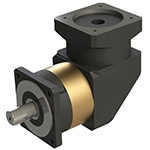
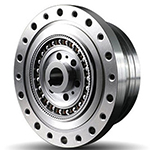
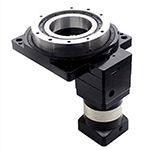
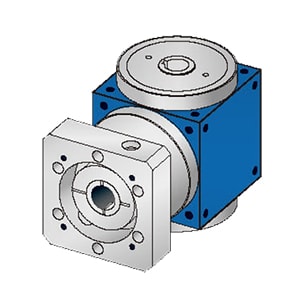
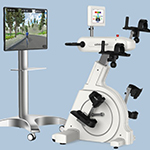
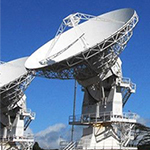
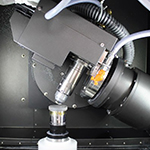
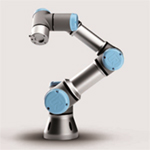
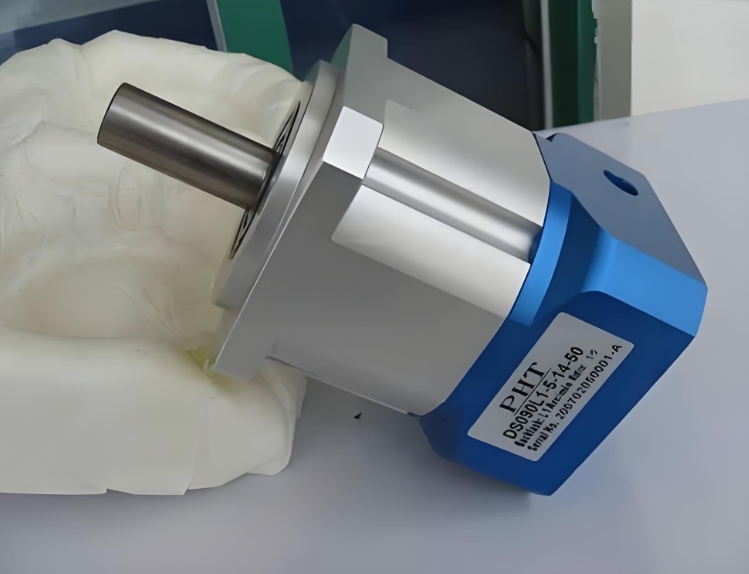
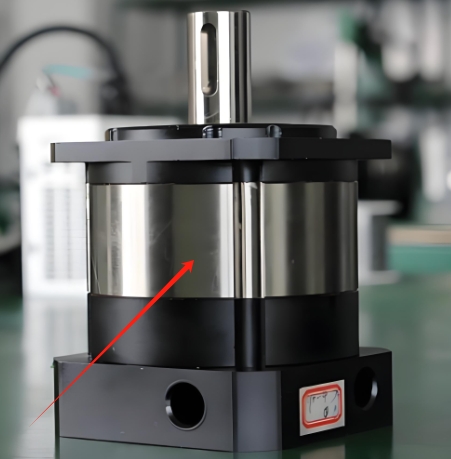
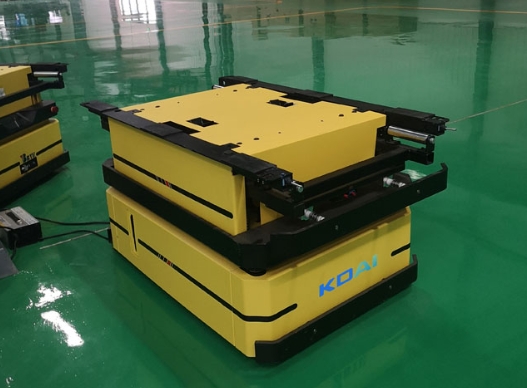
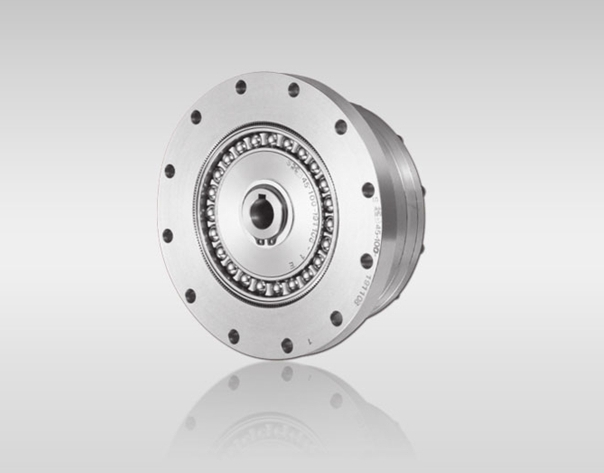
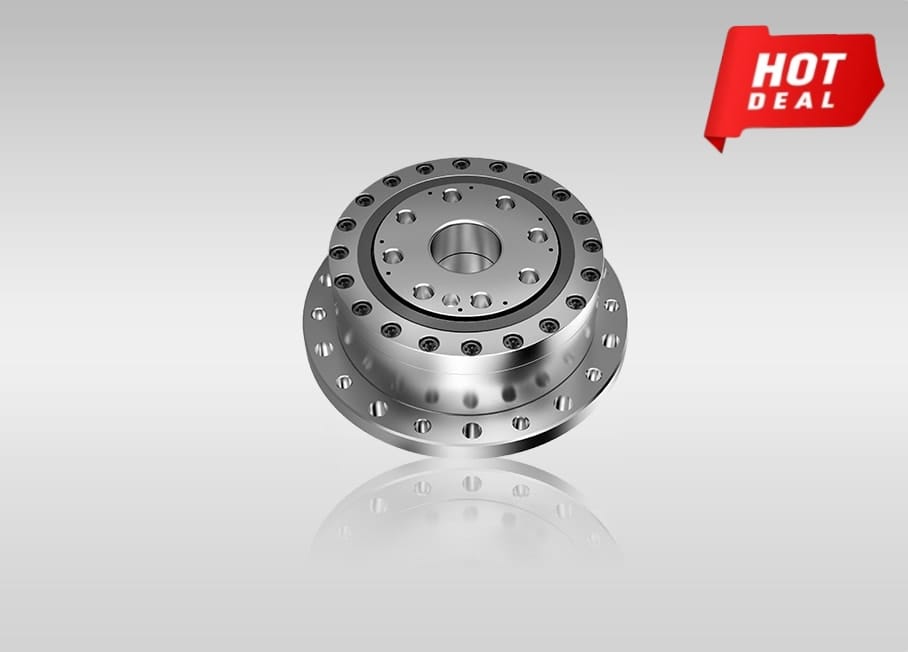
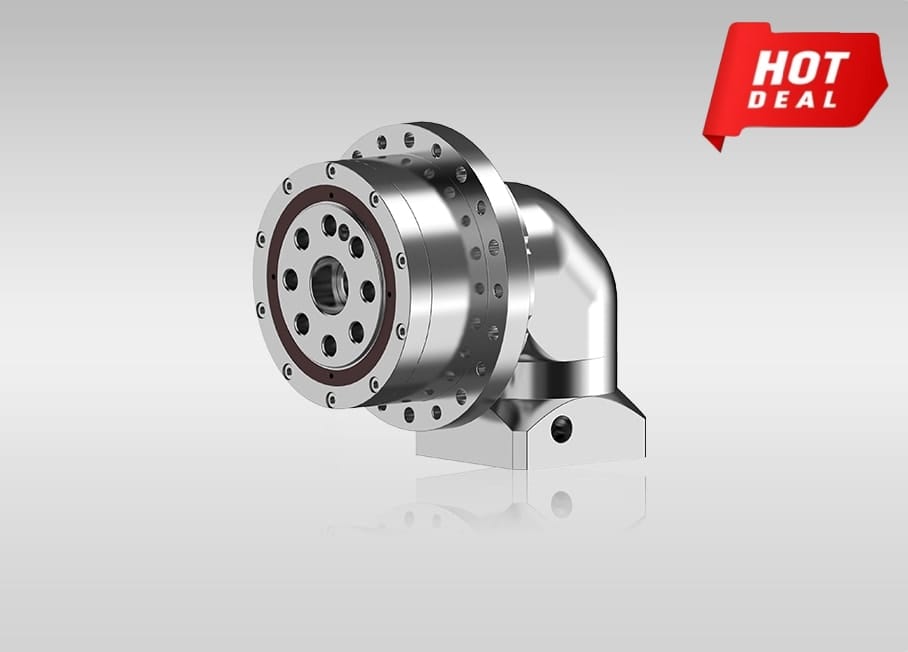
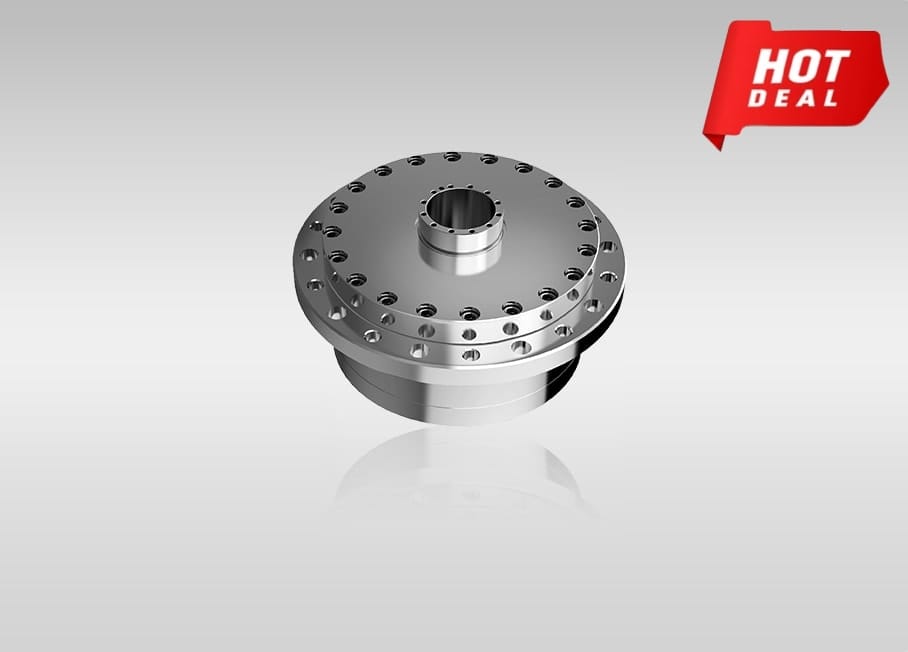
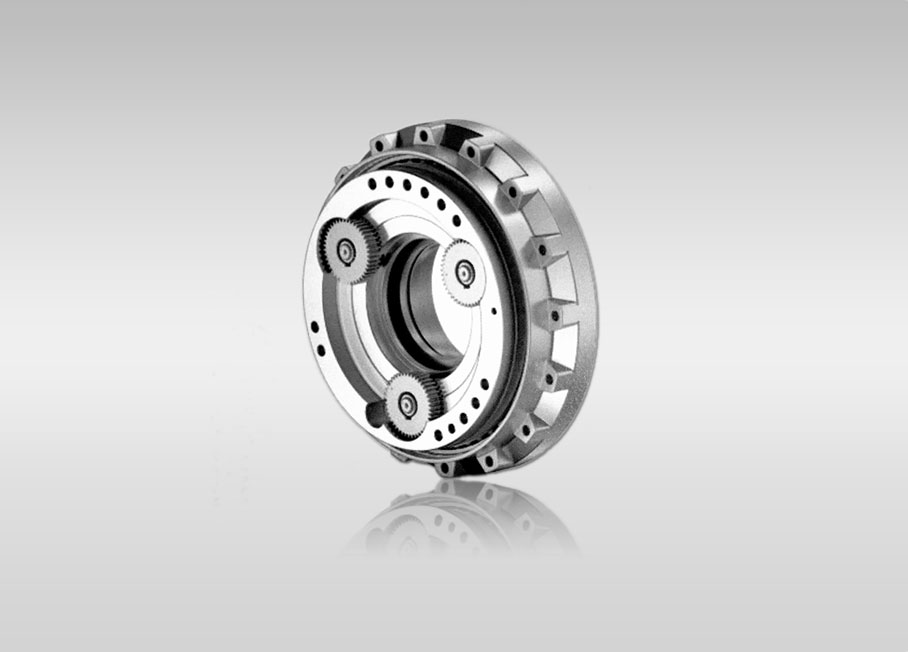
Quote Now